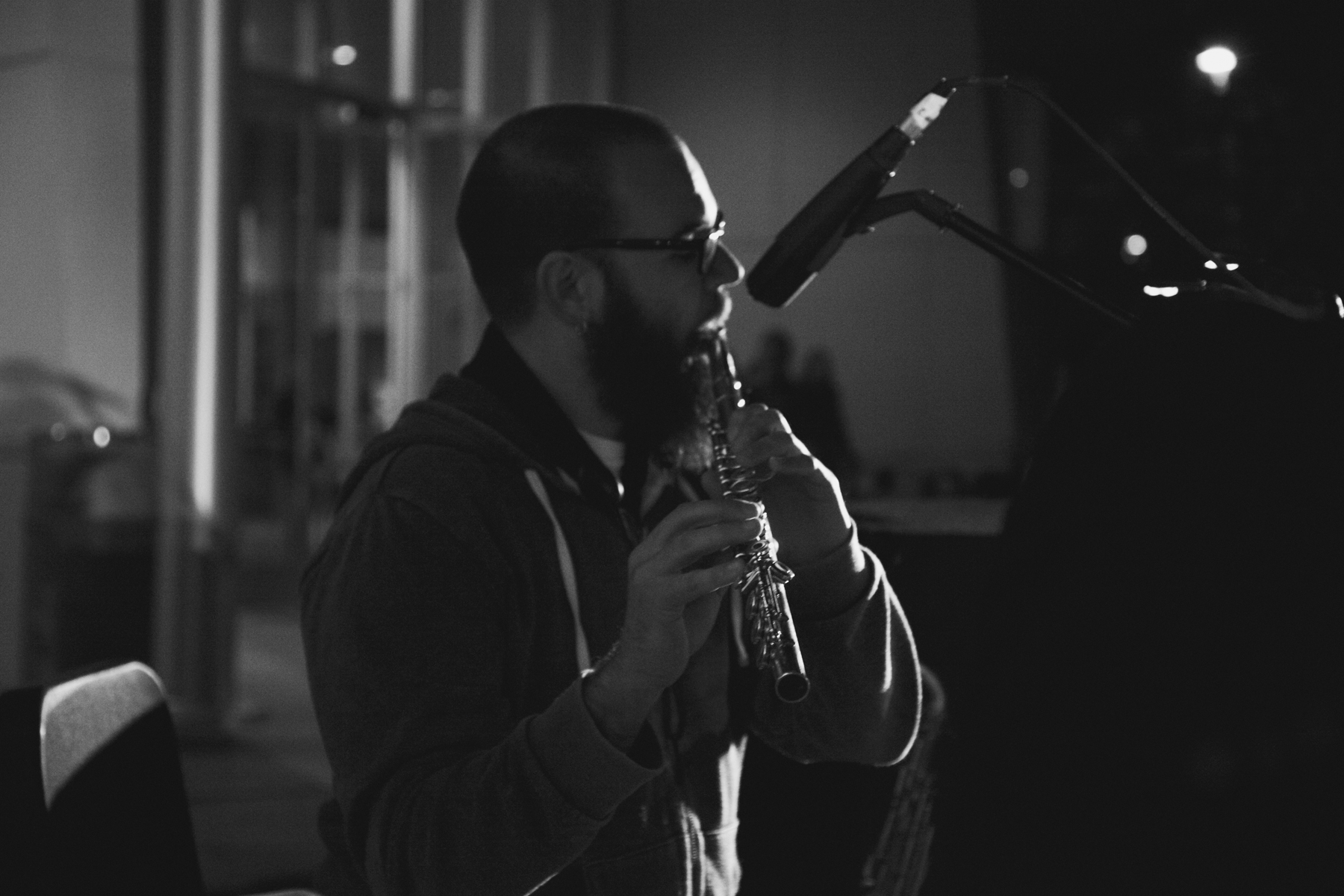PC: Brock Sanders Photography
By Keith Kelly
Though I didn't intend to start the creative summer with three different types of creative arts - that's seems to be the case! This week I'm in San Francisco in a workshop for a musical I've been involved with. It is a week-long intense experience comprising singers, musicians, a rad director, and all manner of folks. Though I've been working on or around this musical/theater piece for more than a year - each time I go into another workshop/performance I'm nervous. And usually, I don't get nervous.
I think it is that the lines of communication, the collaborative-yet-heriachical nature of the interactions between and betwixt participants is awkward to me - like watching a tv in a language you don't speak/understand. Like, I kinda know what's going on, but I have to pay attention and respond to cues or signals that I may misinterpret. Anyway, this week I'm making music!
What's on my mind to start:
approach the music with an open mind/ear - stay curious about what the possibilities for the music are and explore that space.
-----
The first day of the workshop was fantastic! The creative moment that sticks out is when the music director and I were vamping (marking time under dialogue in this case) and after more than a few repetitions of the harmonic pattern we slowly morphed into something else, rhythmically. Most of the playing had been very downbeat driven - heavy chunk-chunk-chunk-chunk playing, all notes on the piano being hit at the same time. But then I broke up the notes into something resembling a montuno (a common Latin music piano rhythm) - and it sounded cool! The heavy downbeat rhythm transformed into an off-beat/bouncy light moment. The music director and I looked at each other and smiled, played it till the end of the vamp, him now accenting some of the same offbeats I was playing. The dialogue finished and we went on to the next section of the music. We laughed about it later that day. But that was it. It was just a few seconds, maybe a minute, but it was a nice creative moment.
The next few days were focused primarily on getting the production "up and running" for presentation on Friday. In terms of focusing on creativity, it was little moments: a rhythm here, a change of chord inversion there. These ideas, tried out and tested, went quickly from - "what about this?" to "okay, that's how that goes from now on" - due to the pressure of the immenent presentation. This kind of work - quick building as I think of it - is one of those muscles I don't get to stretch too often. Though the rehearsal days are long, the time to work individual moments (at least in the music) is not. It's part relying on what one knows works and part attempting to make something unique/different/strange/not obvious (thought also not too weird) -- HA!!






